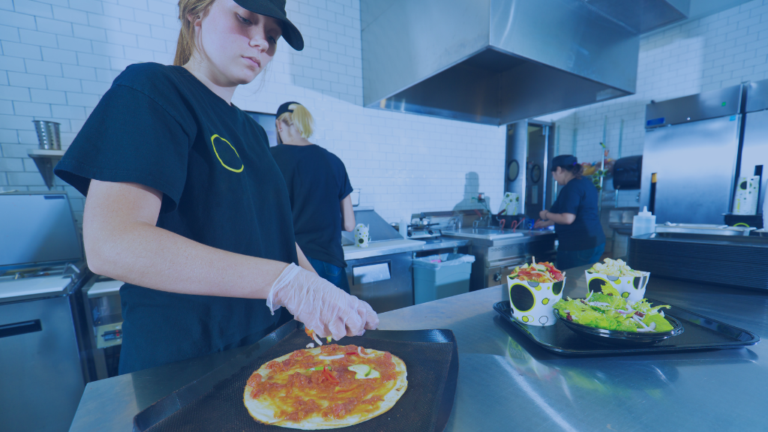
Forecasting means using previous experience to foresee future occurrences. Restaurants use forecasting to predict everything from next year’s budget to how busy Saturday night will be. These “guesstimates” help management and staff know what to expect so they can plan the work.
These are the steps involved in forecasting:
- Analyze the sales history: Knowing what items were popular at what times yields a lot of information. Consider changing the menu price for an item that is consistently in high demand or removing a poorly selling dish. If Saturday nights are always slow in January, reduce inventory and schedule fewer staff members.
- Account for externalities: If a blizzard is predicted, consider closing early. On the other hand, if the restaurant has air conditioning during an August heat wave, consider increasing supplies and scheduling more staff to account for more customers.
- Predict sales volume: Based on all this information, estimate how busy the operation will be for a particular service or time period. Schedule staff and deliveries of perishables accordingly.
- Predict sales mix: Anticipating how many the restaurant will sell of each menu item helps to plan work. For instance, if the seared duck breast accounts for 5 percent of dinner entrée sales and the restaurant expects 100 guests this evening, expect to sell five duck breasts. (Of course, have more than five prepared, just to be safe—this isn’t an exact science.)
ServSafe Benefits is a hospitality hub built for industry workers.
More Articles for You
-
Conquering Stress as a Restaurant Worker
Working in a restaurant is no small feat. Between the fast-paced environment, long hours, and constant customer interaction, stress can pile up quickly. Whether you’re a line cook, server, bartender, or manager, the pressure to perform can take a toll on your mental and physical well-being. But with the right strategies, it’s possible to not just survive—but thrive—in the heat of the kitchen.
-
How to Ace the (Virtual) Job Interview
Interviews can be nerve-racking in any format, but virtual interviews can feel stressful because they may be new and unfamiliar. Here are some quick tips.


